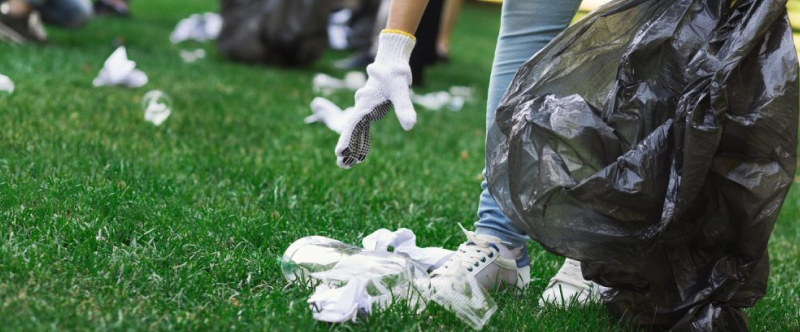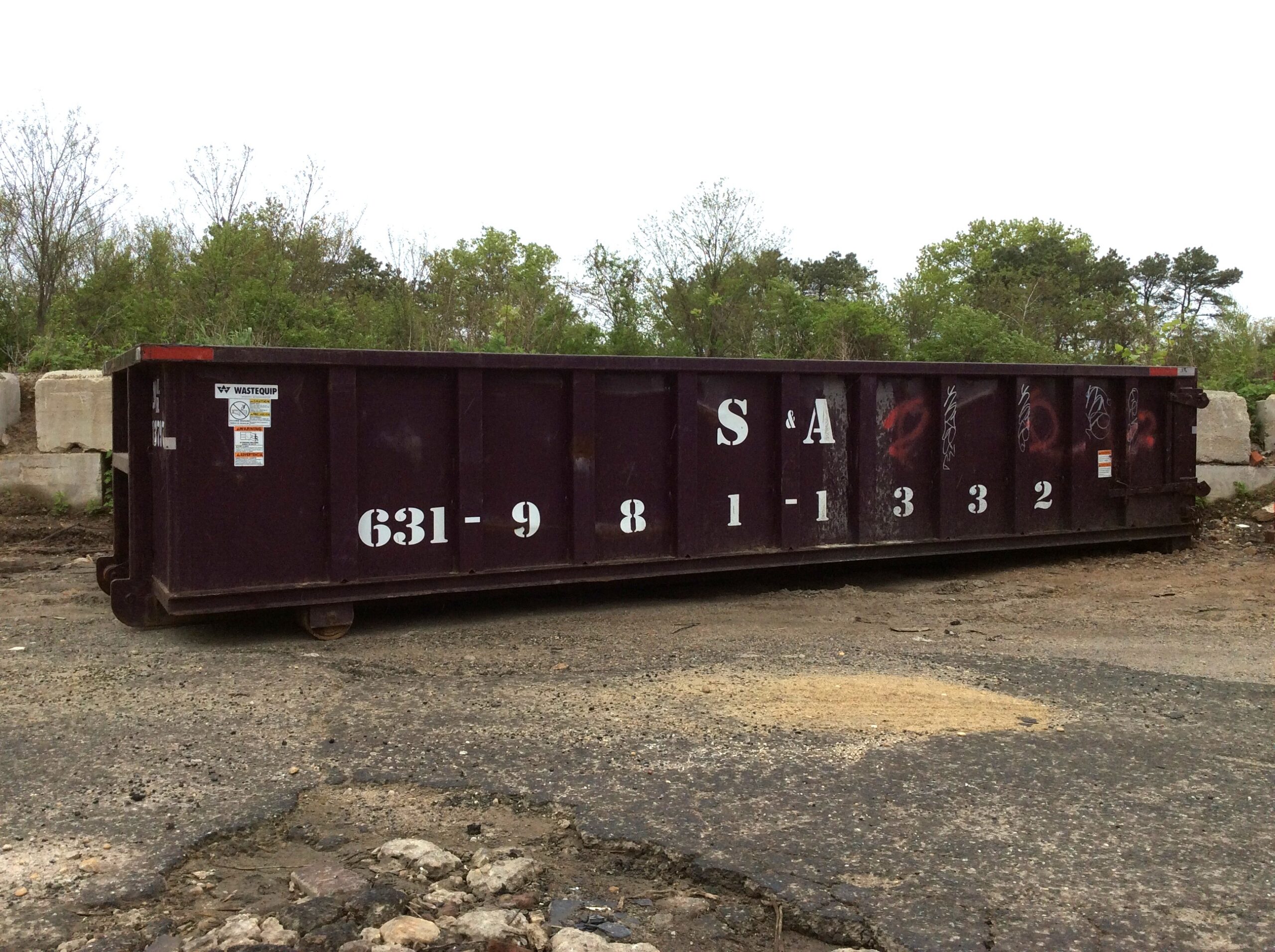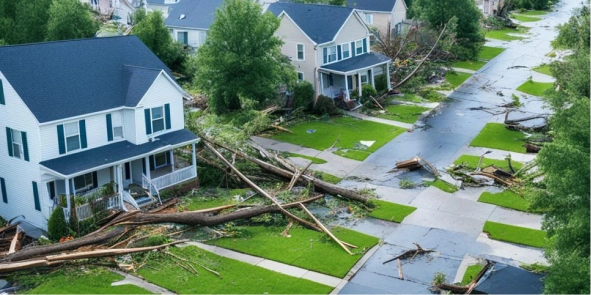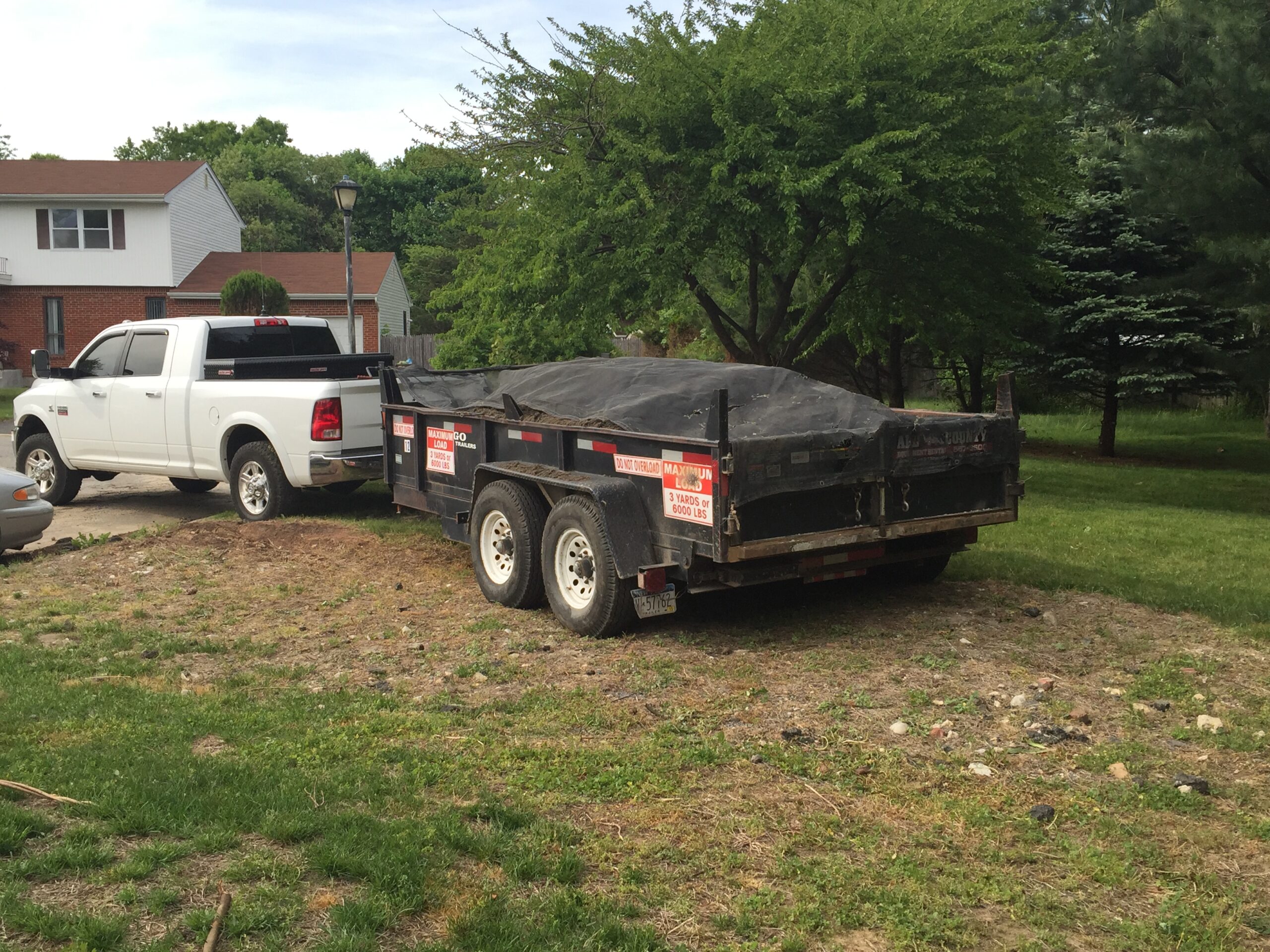Have you ever been disappointed when your community’s scenery has been ruined by waste, overflowing trash bins, and litter all over the sidewalks? If so, you’re not alone. Keeping areas in your Long Island town clean & appealing is a constant struggle, and local governments often need help.
However, by organizing community cleanup events, residents can take charge and leave a noticeable, long-lasting impression. Local involvement clean-ups have several benefits beyond only enhancing the look of your area. It fosters a sense of communal pride, unites locals to take responsibility for common areas, and provides a good example for future generations. Get in-depth details on why and how to organize a community cleanup and attract more residents to boost participation.
The Significance of Community Cleanups
Beyond only making the environment more aesthetically pleasing, community clean-up programs have many other benefits. Here are some of the reasons why you should consider a cleanup with your community:
-
-
Positive Environmental Impact
The presence of waste in your surroundings can pollute the water and soil, endangering aquatic life, plants, and animals. Moreover, the decomposition of waste, especially plastic waste, might take hundreds of years, which often leads to the long-term deterioration of the ecosystem. However, regular cleanup efforts can help preserve the integrity and health of your surroundings. Community volunteer participation can help avoid pollution and protect local ecosystems by collecting waste from public areas like streets, parks, and water bodies.
-
Health and Safety
Better public health outcomes are closely correlated with cleaner surroundings. In addition to breeding grounds for pests that spread diseases, such as mosquitoes and rodents, the accumulation of waste and residue increases the risk of vector-borne diseases. Furthermore, harmful substances and sharp objects in public areas risk the safety of bicycles, drivers, and pedestrians. Communities make safer places for people to live, work, and play by eliminating these risks via community cleaning efforts. Furthermore, when parks and streets are cleaner, physical activity is encouraged as well as when overall health and well-being are enhanced.
-
A Sense of Ownership
Participating in cleanup efforts helps citizens feel more pride and ownership in the town. People who actively contribute to cleaning up their environment become more aware of their surroundings and feel more accountable for protecting public areas. This sense of ownership extends to group initiatives to solve societal problems and enhance the quality of life and individual deeds. When locals take responsibility for their surroundings, they report waste and vandalism more quickly, which promotes ongoing cleanliness and improved upkeep of public spaces.
-
Social Unity
Community clean-up offers beneficial opportunities for neighbors to get together, talk, and work together to achieve a common objective. As a result of these gatherings, people from different backgrounds can form friendships, build social ties, and strengthen alliances. Participants gain a sense of solidarity and support from one another as they collaborate to achieve a common goal, bridging social divides and strengthening the bonds that bind the community together. These qualities are crucial for creating cleaning campaigns, promoting inclusive and resilient communities, and developing communication, cooperation, and problem-solving skills.
-
Beautification and Tourism
A clean, well-kept public area without garbage and graffiti makes a good first impression on guests, prospective tenants, and investors. The area’s visual appeal is increased by well-kept streets, parks, and waterfronts, which makes it more desirable for events, meetings, and leisure activities. Furthermore, a clean and lively environment supports tourism and economic development by drawing tourists, promoting local businesses, and encouraging investment in facilities and infrastructure. Residents actively contribute to the prosperity and cleanliness of their neighborhoods by funding a clean up project, which increases the appeal of the areas as places to visit, live, and work.
-
How to Organize a Community Clean-up
Here are some of the effective ways that you can consider while organizing volunteer cleanup events:
-
Creating a Team or Committee
Creating a committed team to manage the different responsibilities involved is essential to organizing a successful community clean-up. Contact members of neighborhood organizations, religious groups, school clubs, or community center members to discover enthusiastic volunteers ready to take on leadership responsibilities. Assign tasks such as publicizing, organizing volunteers, obtaining materials, and designing target regions. You can also form a core committee by organizing a small but committed group of members to get things going. Remember, a dedicated team distributes the burden and gains more momentum.
-
Creating a Strategy and Goals
Your team has to decide precisely what the objectives, parameters, and schedule are for the clean-up project before moving further. Determine whether particular locations, such as neighborhood parks, rivers, key thoroughfares, school premises, or abandoned lots with trash problems, require care. Choose a reasonable date, time range (half-day or full-day), and realistic restrictions based on your projected skills. Determine the approximate number of volunteer participation required in the regions you have set out to affect. Create a comprehensive strategy that divides the event into manageable tasks with deadlines. This planning ensures a clean-up day that is efficient, focused and goes well.
-
Get Materials and Resources
You will need to acquire necessary materials, such as large garbage bags, buckets, gloves, grabbers/pickers, safety vests, and, depending on the amount of debris, shovels or rakes to equip your volunteers appropriately. Renting a dumpster to keep on hand for simply removing bulk goods and accumulated waste is one option. Dumpster rental services make cleanup easier and ensure every waste has a designated location. Form alliances with civic associations or government agencies that can contribute, lend money, or offer materials at a reduced cost. Contact your local public works agency to learn about policies, safety advice, and whether they can provide supplies like cleanup jackets or other equipment.
-
Day-of Logistics
Having a well-defined operating strategy is crucial on the actual clean-up day. Establish a volunteer cleanup check-in place to collect names and contact details, offer rules and instructions, designate groups to work with particular parts, and systematically distribute materials. Give volunteers a quick orientation, review any safety procedures for working near roadways or with potentially harmful waste, and let them know where to put bulk objects or collected litter bags (i.e., into the rented dumpster). Consider appointing zone captains or team leads to assist in arranging the distribution of volunteers across several locations. Volunteers feel more focused and assertive when precise logistics and a well-organized approach are maintained.
-
Wrap-up and Recognition
Work closely with your local trash collection provider to dispose of any approved bulky items gathered in your rented dumpster and bagged litter properly. Ensure that harmful substances, such as paint or chemicals, are handled in accordance with regulations. Take pictures to document the impact before and after and to show off the volunteers at work. Thank all of the volunteers for their amazing work, and be sure to acknowledge their contributions in newsletters, social media posts, and other community communications. Provide data on the overall amount of litter collected in pounds, the locations that have been improved, and the number of volunteers engaged. This acknowledgment highlights the amazing community spirit, encourages further engagement, and strengthens the sense of success.
How to Participate in a Community Clean-Up
Here are some easy actions to take if you want to help with a Long Island community clean-up but don’t know how to start:
-
Stay Updated
Look out for invites and news about upcoming community clean up project ideas. Stay updated with neighborhood associations, environmental advocacy groups, and social media profiles that post details about volunteer opportunities.
-
Volunteer Your Time
Once you’ve determined which clean-up event best suits your interests and availability, register as a volunteer and do cleanup day planning. On the clean-up day, you can register online, contact the event organizers, or just show up at the agreed-upon meeting place.
-
Put on Proper Attire
Put on sturdy shoes appropriate for outdoor cleaning activities and comfy attire. Depending on the weather and where the clean-up is done, wear layers of clothing and use sunscreen or bug repellent.
-
Follow the Instructions
Pay close attention to the directions given by the event organizers and follow safety precautions at all times. Familiarize yourself with the responsibilities allocated to your team and work closely with other volunteers to optimize efficiency.
-
Be Responsible
Proper waste management is crucial, so follow regulations when disposing of it. When cleaning up, follow recycling practices, separate recyclables from regular waste, and keep protected areas and natural ecosystems undisturbed.
Conclusion
Participating in community clean-up programs allows Long Island residents to enhance and improve their neighborhoods actively. People can improve public health and safety, preserve the environment, promote social cohesion, and boost community pride by planning and participating in clean-up initiatives. Whether you plan a clean-up or just volunteer your time, remember that every little bit matters to making communities greener, cleaner, and more livelier for future generations. So come along and together, let’s create a better environment.
Related posts:
Useful tips for electronic junk removal
How is waste and demolition waste recycled?
How much trash does the average person produce?
FAQs
-
What size dumpsters are offered for rent at S&A Container Service?
S&A Container Service provides containers of 10, 20, and 40 cubic yards, among other sizes, to accommodate a range of storage requirements and spatial limitations.
-
What are the initial stages in planning a cleanup effort?
Determine the level of interest, select a time and place, get assistance from the local authority, create task lists and safety procedures, and promote the event.
-
Does S&A Container Service encourage green waste disposal methods for community clean-ups?
Yes! S&A Container Service places a high premium on environmental sustainability. During community clean-up events, we promote recycling and environmentally responsible means of disposing of waste to reduce negative environmental impact.



